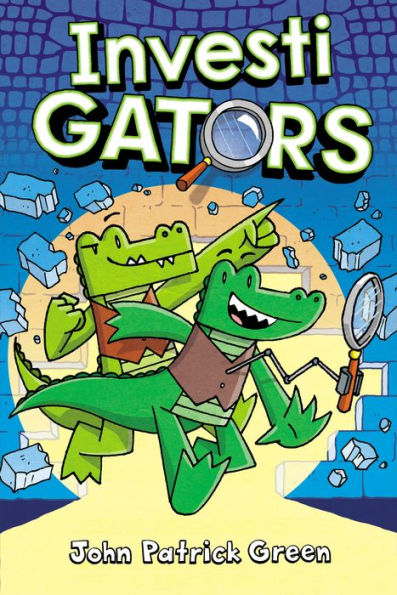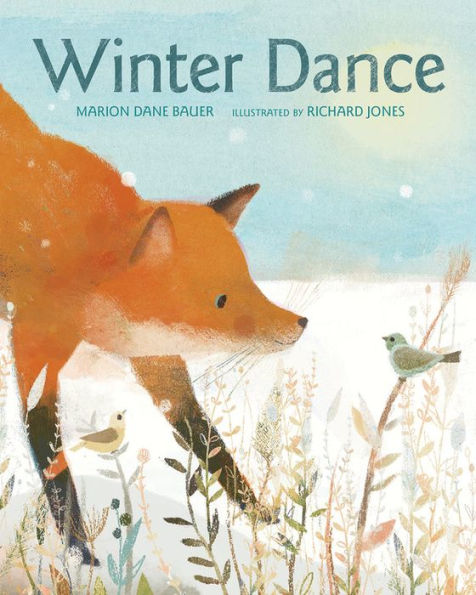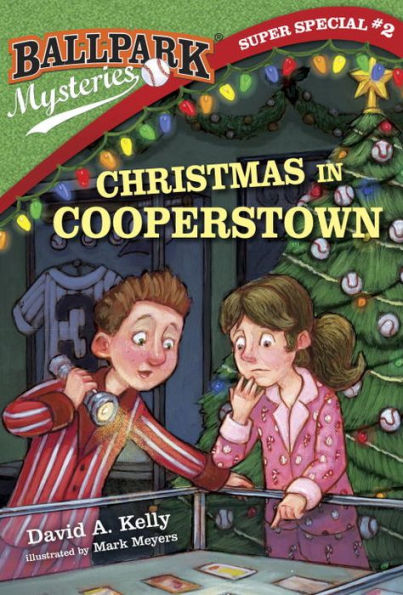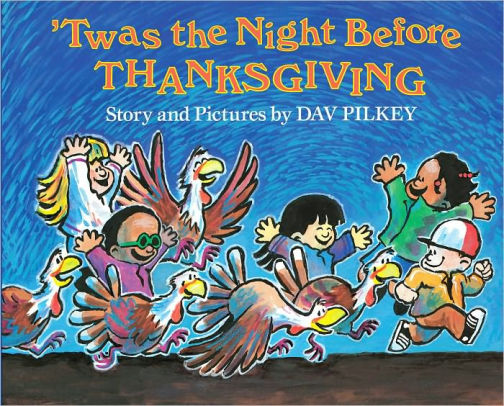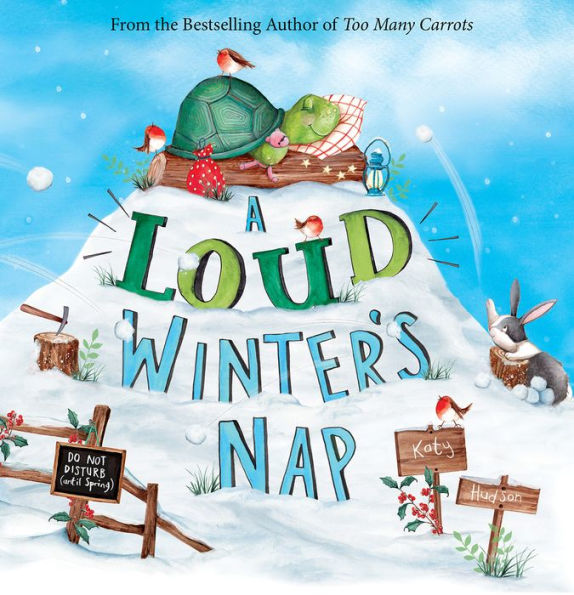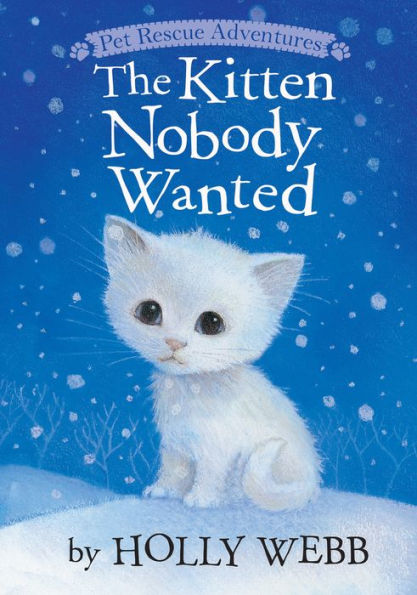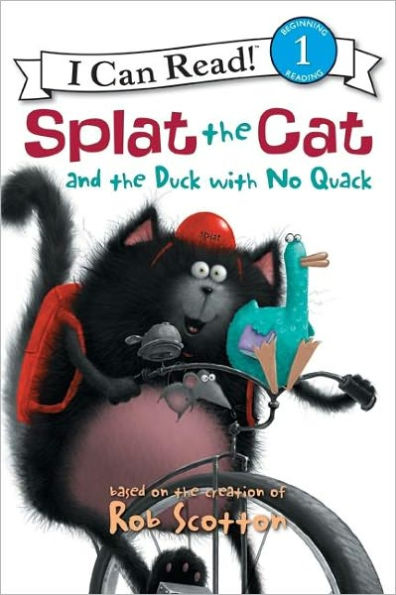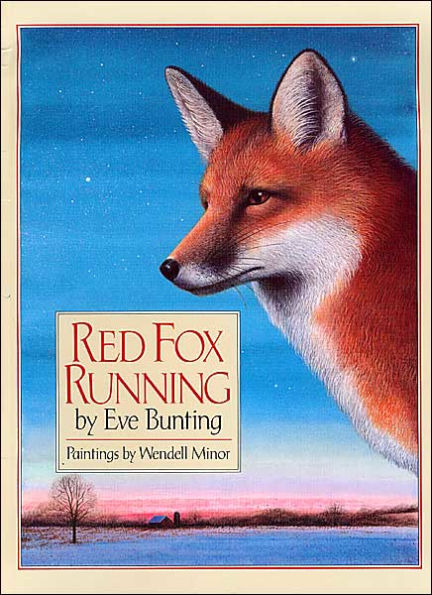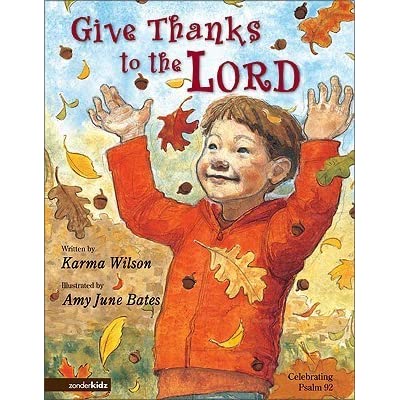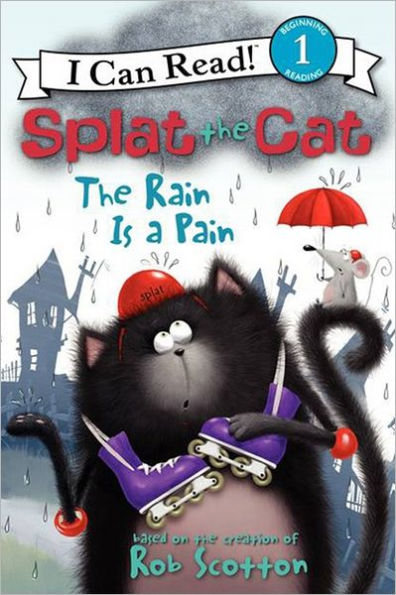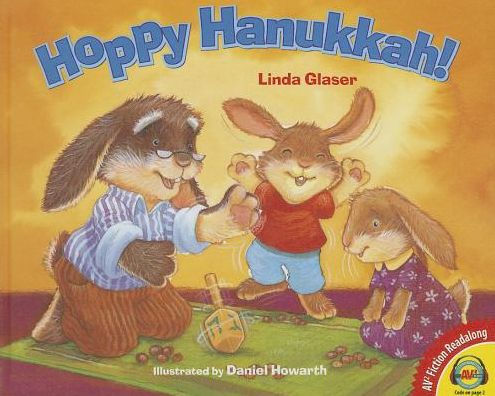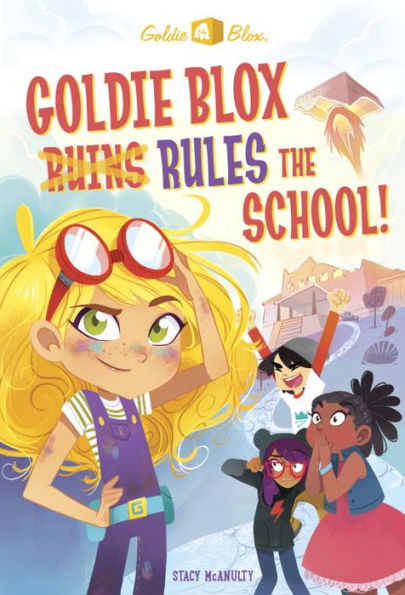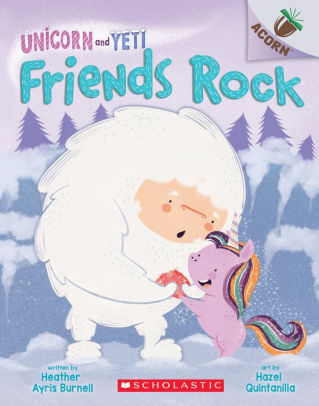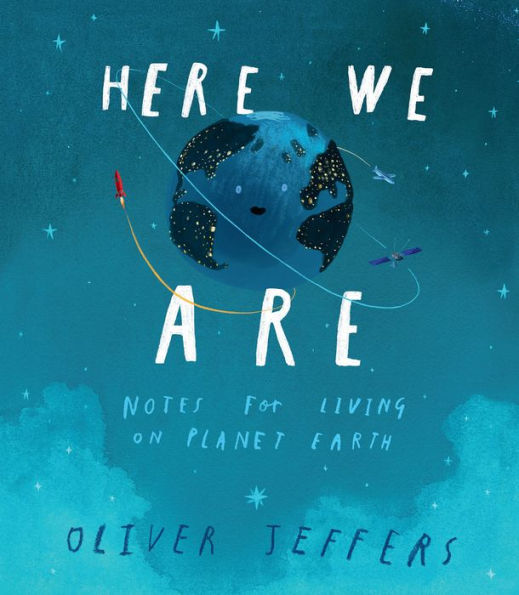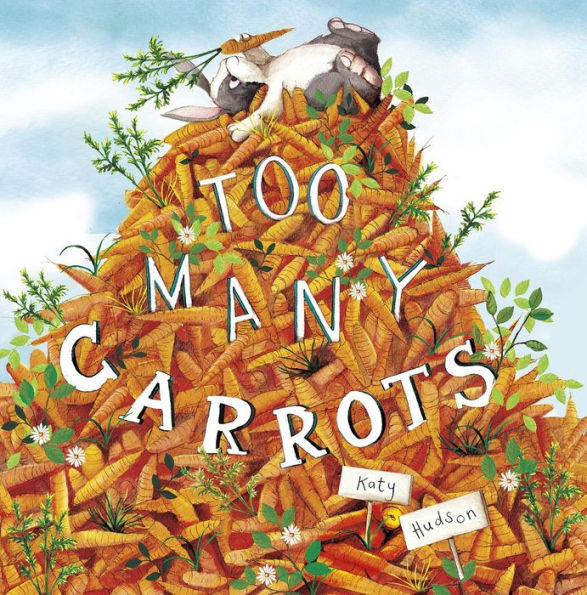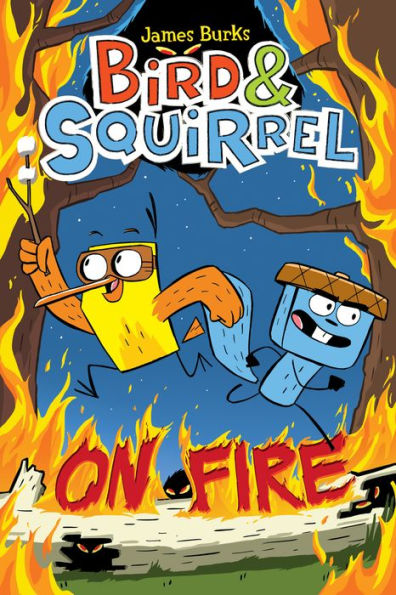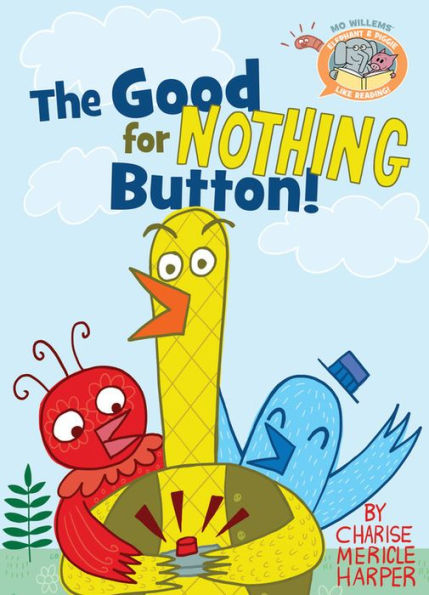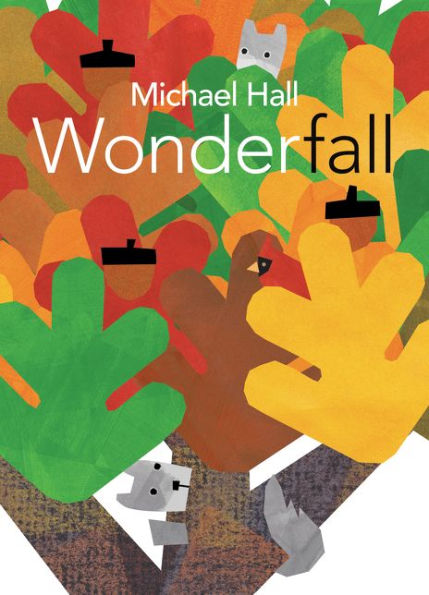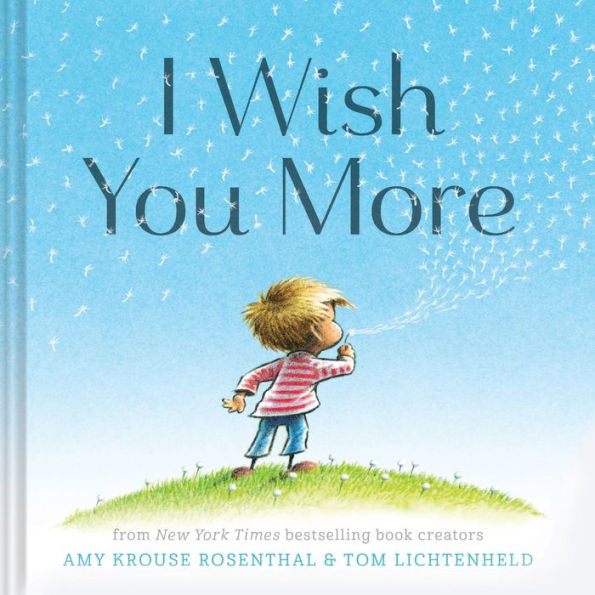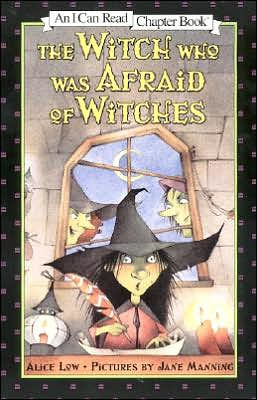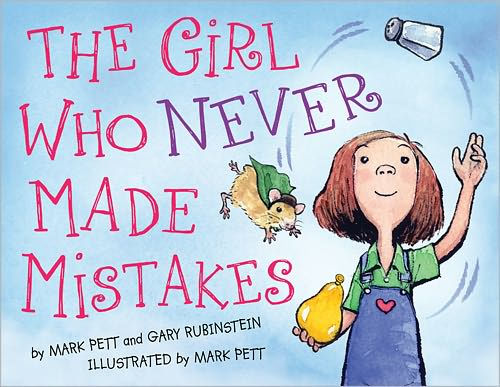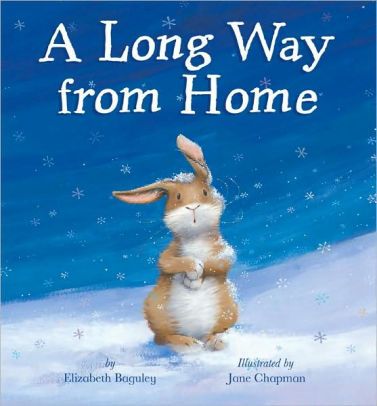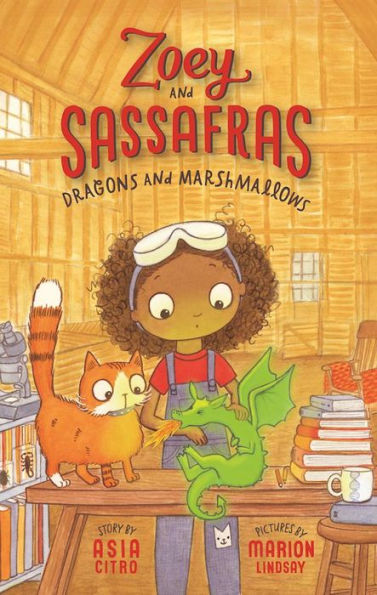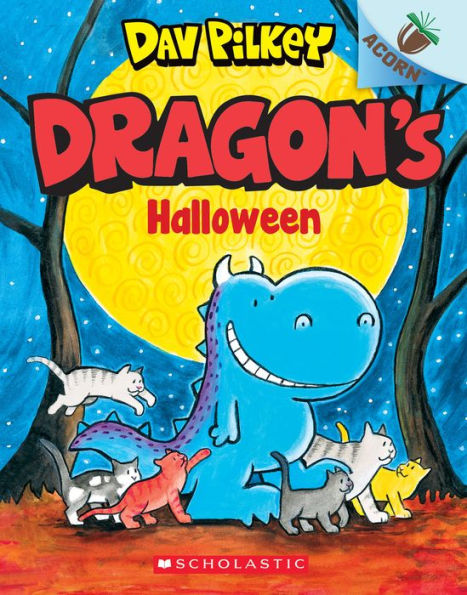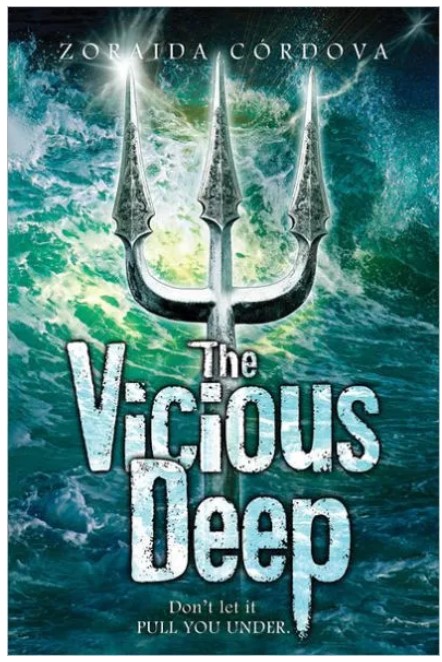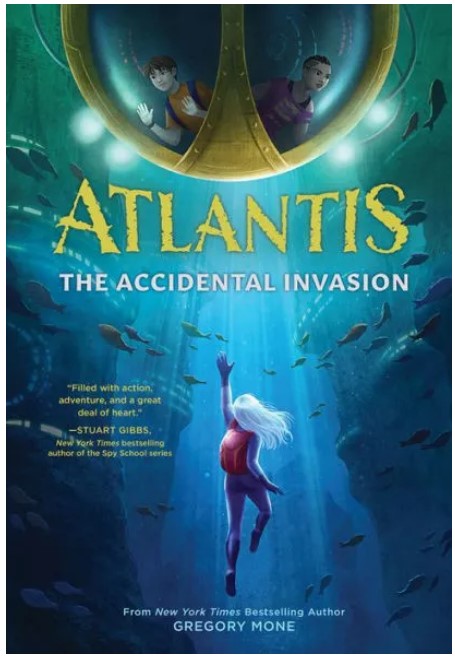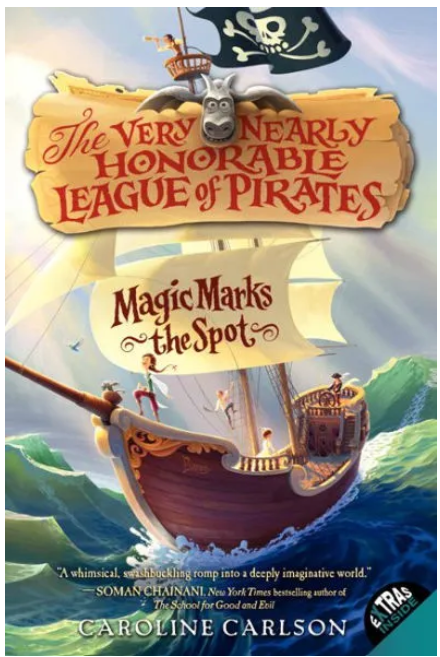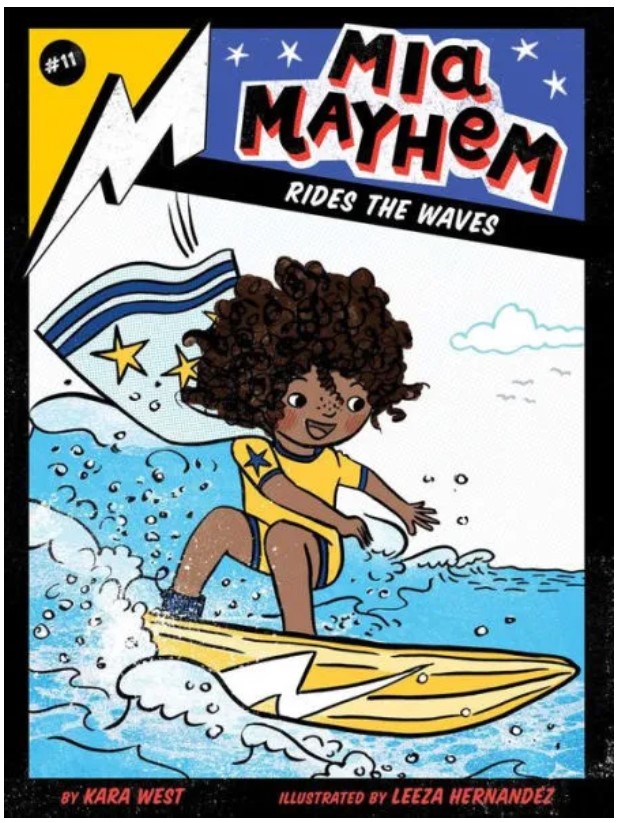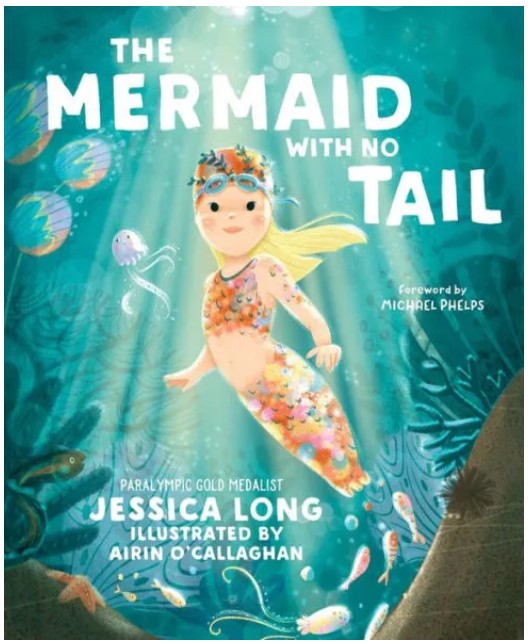Alligators Mango and Brash, secret agents for the Special Undercover Investigator Team, have been called into action. It’s up to them to find out what happened to the famous chief, Gustavo Mustachio. The cupcake master disappeared right before his new recipe was revealed! Before the alligators get far in their investigation, an explosion rocks a group of scientists who were about to reveal a new invention. In order to find out if the two events are connected, Mango and Brash rush to the scene. As they dig deeper into the mystery, more questions continue to pop up. Will the two investigators be able to solve the mystery? Can they outsmart the villain?
Readers will laugh their way through InvestiGators, a graphic novel with bright, colorful illustrations. The story’s fast pace takes readers on a winding path through the absurd. Many events are over-the-top, unbelievable, and silly. Mango and Brash often get distracted from their goal of solving Gustavo Mustachio’s disappearance, and they are able to solve several mysteries. However, the story does leave one plot thread unanswered, which will have readers reaching for the next book in the series, InvestiGators Take the Plunge.
The InvestiGators world has alligators, sharks, and other animals working side by side with humans. The world is not only silly, but it makes any absurd thing seem possible. The wordplay, puns, and potty jokes will have readers laughing out loud. The plot is outrageous and has many side stories thrown in. The interesting characters, jokes, and mystery will have readers flipping the pages until the end. The humor in InvestiGators is much like that of Dog Man and Captain Underpants.
Even though the graphic novel will entertain, the winding, wild plot is confusing and at times a little too crazy. In addition, ethnic stereotypes are used for comic effect. Several professions are also stereotyped in a negative way. The stereotypes may cause a giggle in a graphic novel; however, the jokes could be considered offensive. Another flaw of the story is the potty humor. Even though the potty humor is mild, some parents may object to jokes about poop. Lastly, some of the characters talk in slang. For example, when a man apologizes, a scientist says, “S’all right bruh!”
Middle-grade readers will enjoy the silly story; however, parents may want to bypass this book for a story that doesn’t border on the offensive. If you’re looking for a humorous, animal graphic novel, there are a lot of great ones to choose from including the Two Dogs in a Trench Coat series by Julie Falatk, Mac B. Kid Spy series by Mac Barnett, and Klawde by Johnny Marciano & Emily Chenoweth.
Sexual Content
- None
Violence
- Someone kidnaps the baker and forces him to bake.
- Someone blows up a cake and scientists go flying.
- A helicopter attacks a man. Someone shoots an arrow, hitting the helicopter causing it to fly away. The man calls the helicopter a “foul beast.”
- While on a case, an investigator falls into a “vat of radioactive cracker dough…I became one with the dough. Machines rolled me out and baked me into individual saltines…I combined with all of the other me crackers and burst through that vacuum seal, forevermore to be known as Crackerdile.”
Drugs and Alcohol
- None
Language
- When the baker makes a crumbly cook, his captor yells, “You’re no baker! You’re a fool!”
- A cameraman calls a group of scientists eggheads.
- One of the investigators yells, “Dang it man, lives could depend on this!”
- One of the investigators writes a text using poop emojis.
Supernatural
- When reporters come to town in a helicopter, “the local mystic cursed their flying contraption with rabies.”
- A helicopter bites a doctor. A man tells him, “That machine’s curse is coursing through your veins. And that’s bad news. Now, whenever there is news, you will be forced to transform into a news copter to report on it.” Later in the story, the man turns into a helicopter.
Spiritual Content
- None
